With his newly finished boat out of the shop, it's easy to see why Alf was drawn to the trap skiffs of his youth. An eye auger would be a curiosity or an antique to most, but to Alf, it's a tool that hasn't yet outlived its usefulness. The axe in the background to the left belonged to Alf's father, but it is not the one Alf used to make toy boats.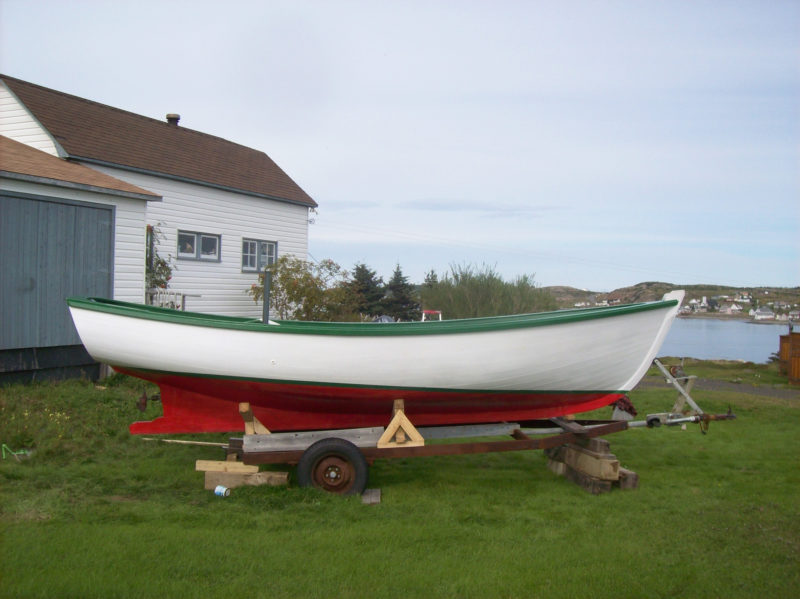 Alf Manuel
Alf Manuel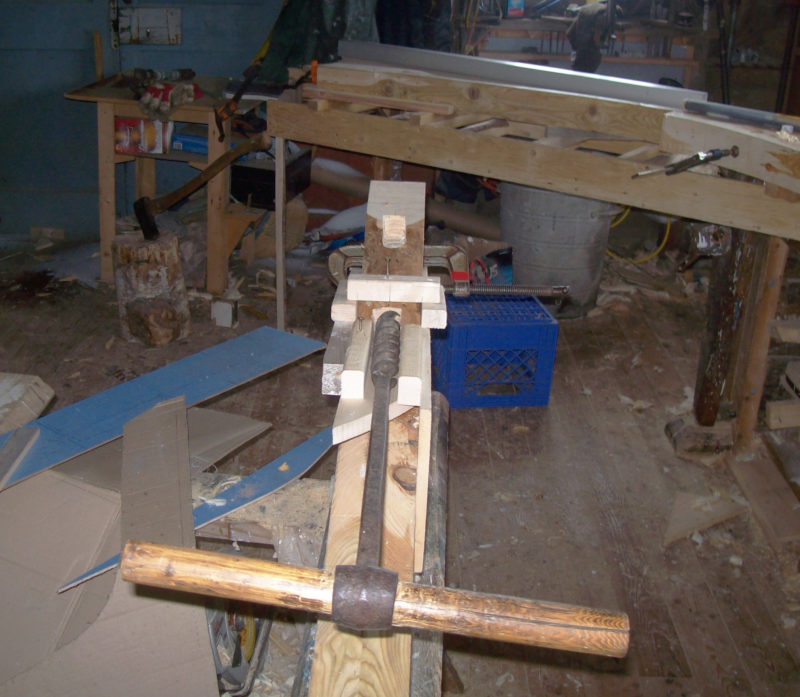 Alf Manuel
Alf Manuel
Join The Conversation
We welcome your comments about this article. If you’d like to include a photo or a video with your comment, please email the file or link.

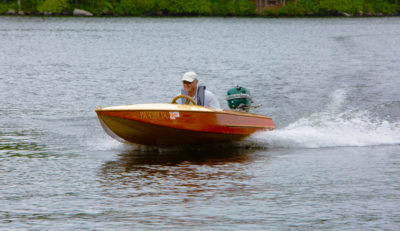
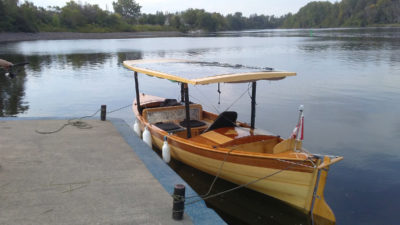
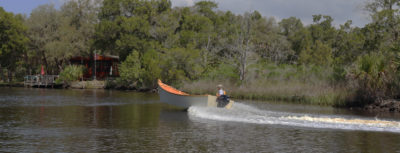
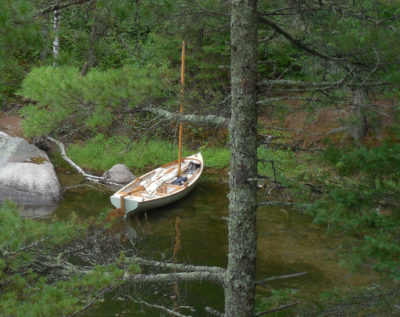
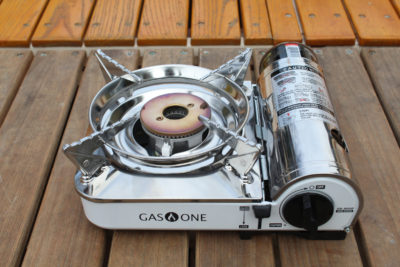
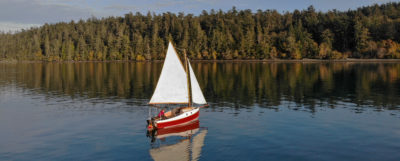

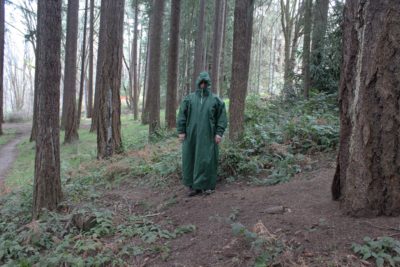
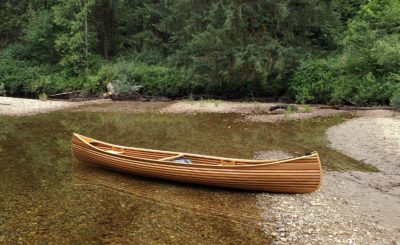

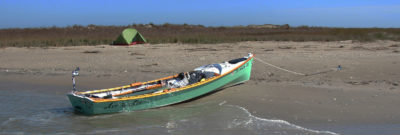
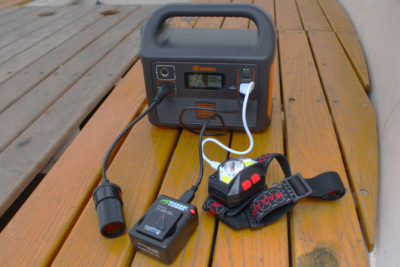

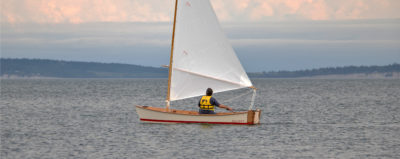
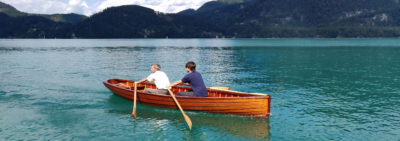
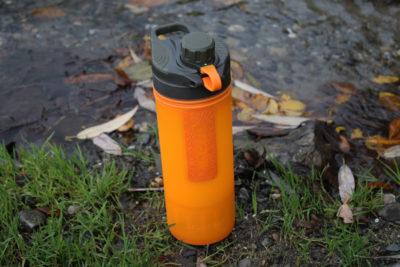
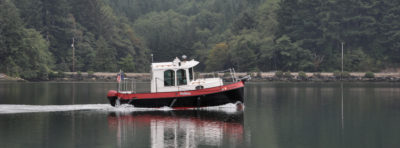
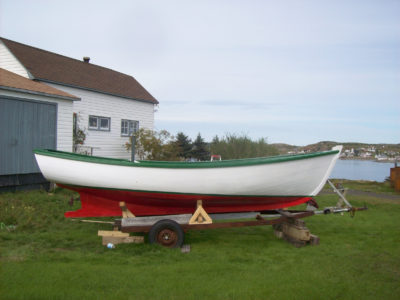
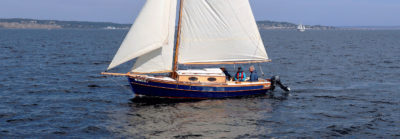


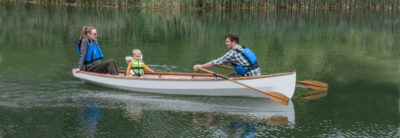
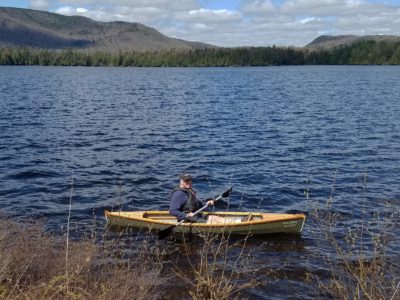
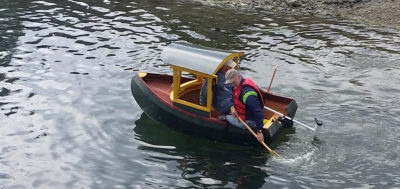
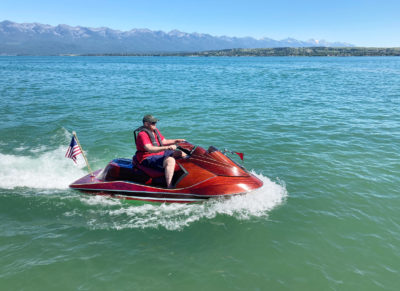
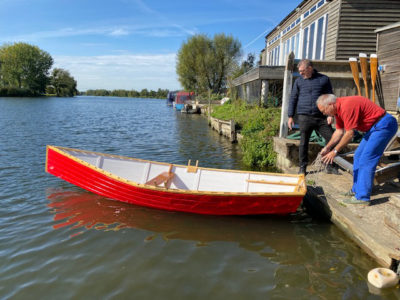
What a wonderful boat. I am envious. It would have been a treat to hear the Acadia with the dry exhaust.
The shape of this skiff reminds me of the Poulsbo boat of Northwest Washington State.
In 1963 the Navy sent me to Argentia, Newfoundland, to run diesel generators for NAVFAC base. My friend Paul Snider bought an old trap skiff and we went native. Going over to Fox Harbor, St. Kirans, and Marisheen Island on our 3-day breaks. When we had trouble with the make-and-break the live-heres told us to put a dime between the points to adjust the spark- when it did not help we went back to them- they said we were doing it wrong -using a Yankee dime instead of a Canadian one. After that we had no problem and it only cost us a fifth of Bacardi.
Excellent article and very inspirational!
Great article, there must be a great deal of satisfaction in completing a project like that
Has anyone ever considered making plans for Alf’s skiff? If not, what boat would be a near equivalent?
On vacation three years ago, I happened to stay in a cottage next to Alf’s home. I’m a wooden boat enthusiast.He gave me a tour of his shop and had a boat under construction that filled the entire shop. He told me he cuts the wood for his boats from his land. It was great to meet him and, like all Newfoundlander, he was very welcoming and friendly. Glad to see you are still building, Alf!
Cap’n Rick– no offense but your term “live-heres” is not a Newfoundland term (at least one I am familiar with). It is “liveyers” , and refers to the people or settlers that live in the “outport” communities.
Hope you enjoyed your time with us, have you been back to visit? The communities on Marisheen Island are now resettled.